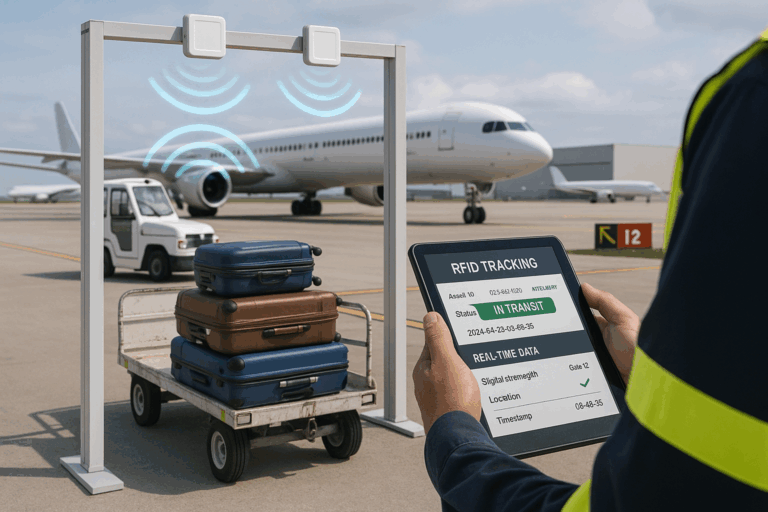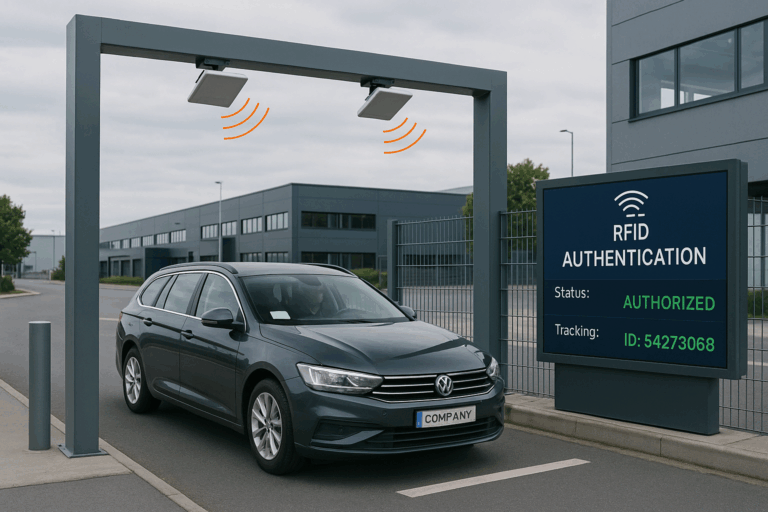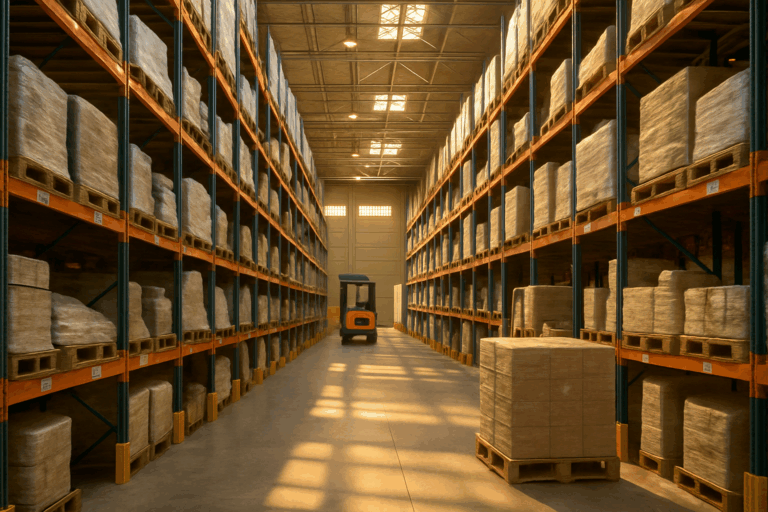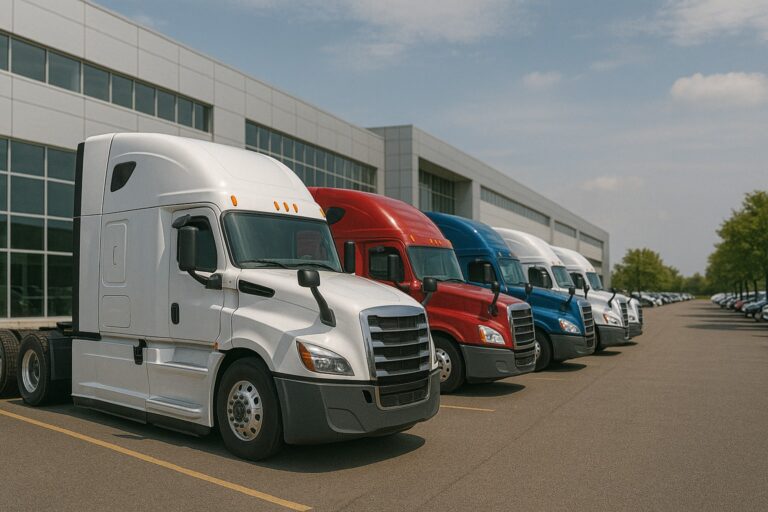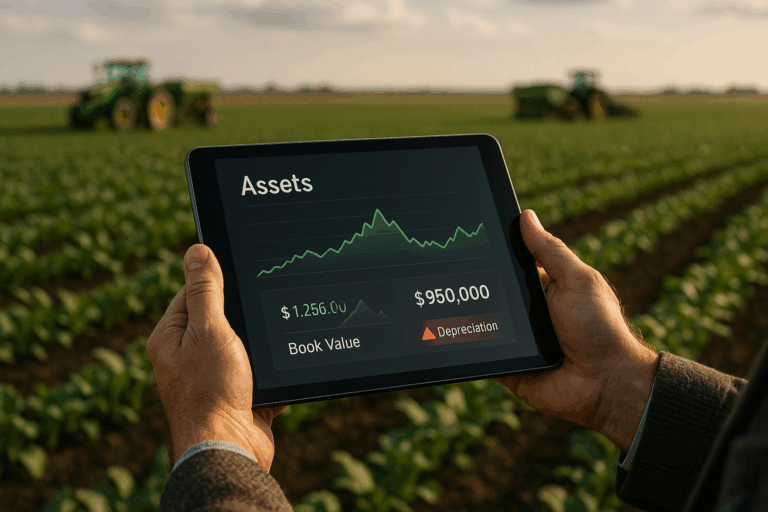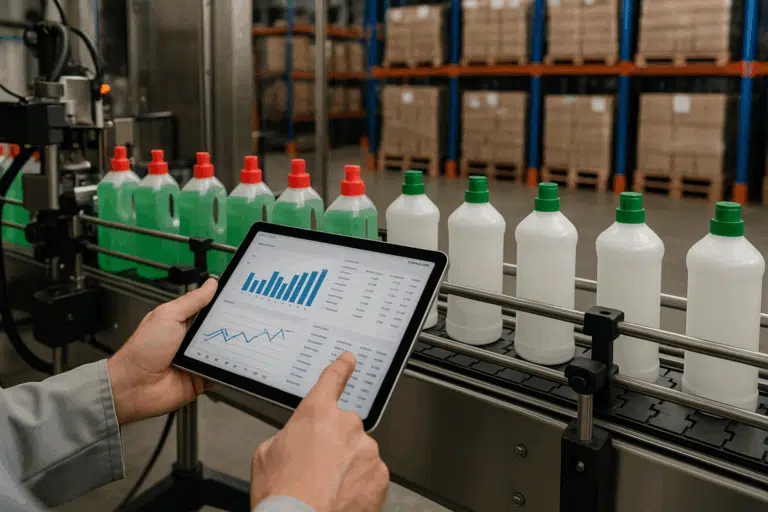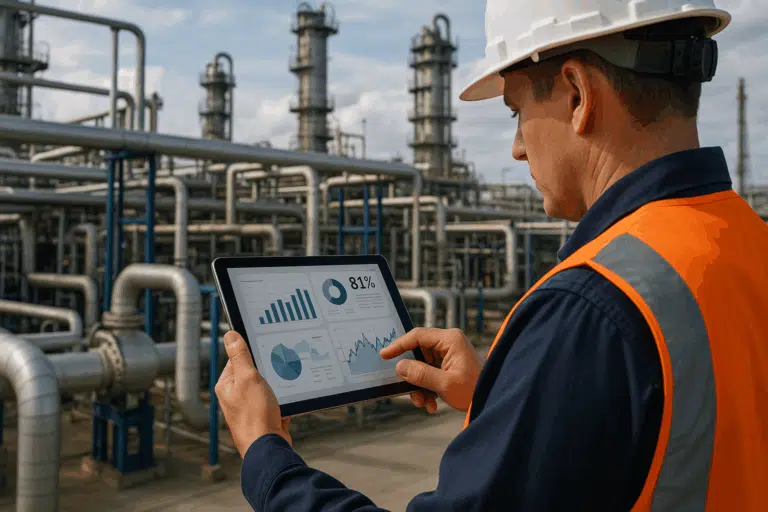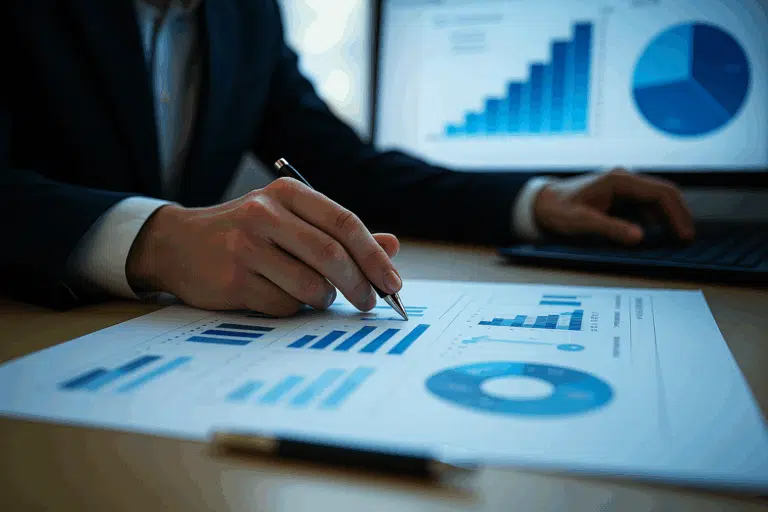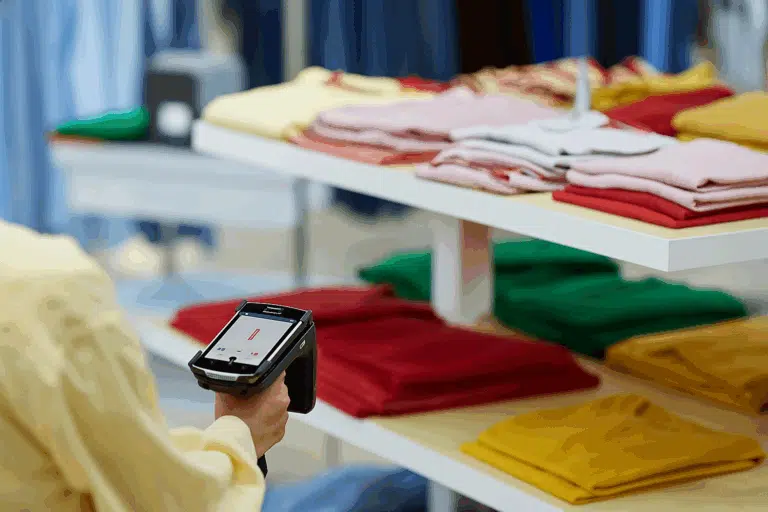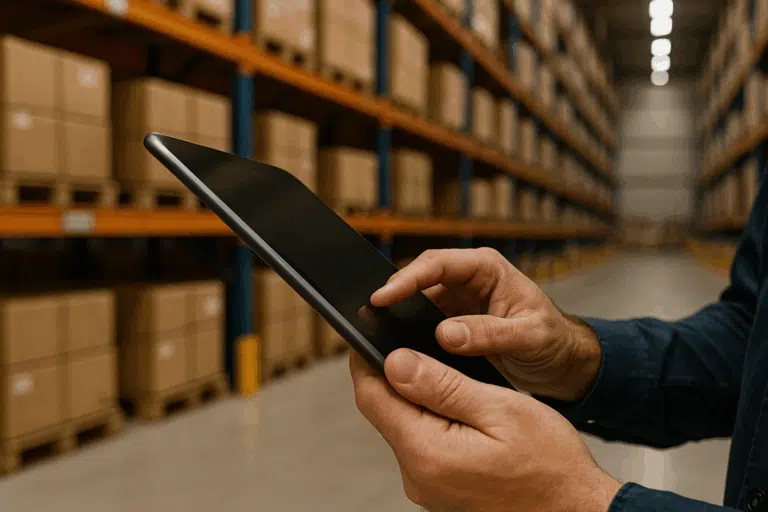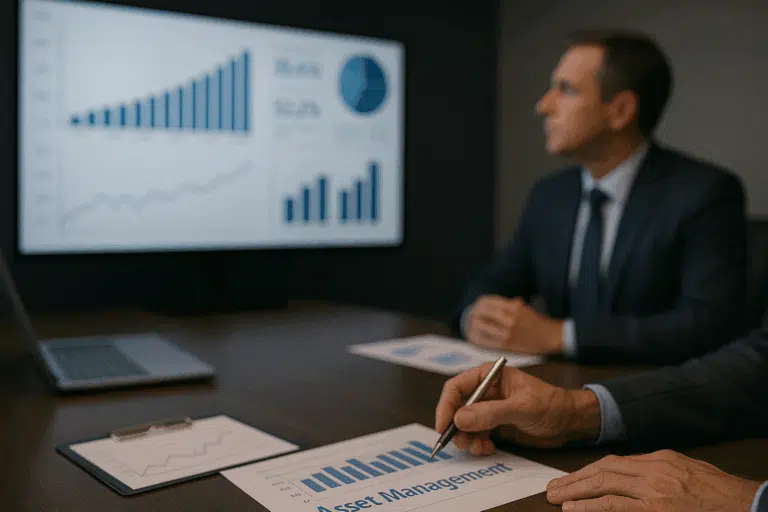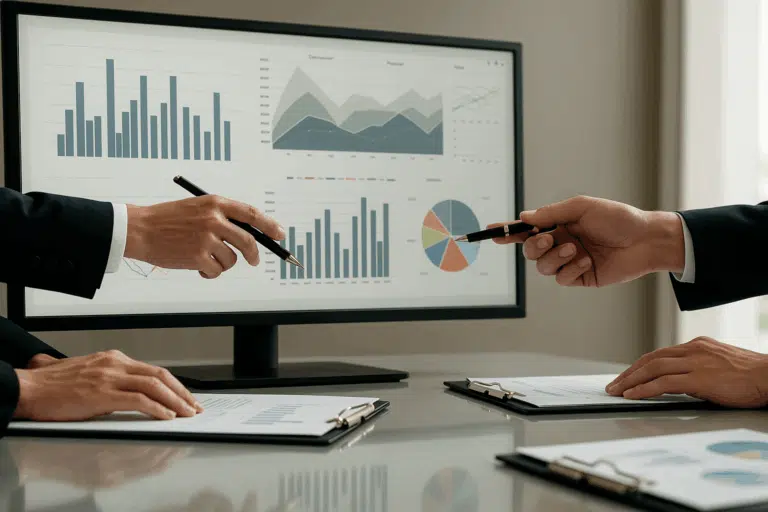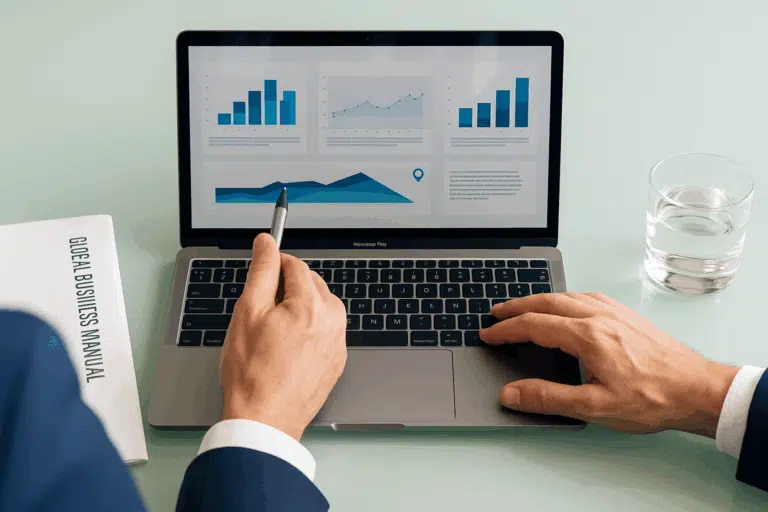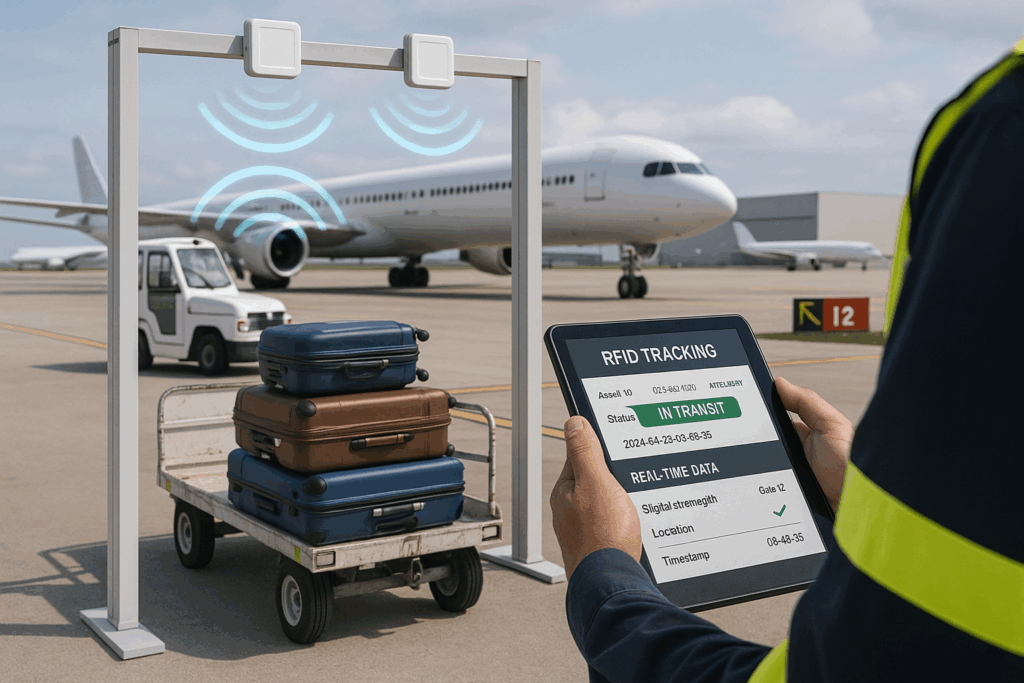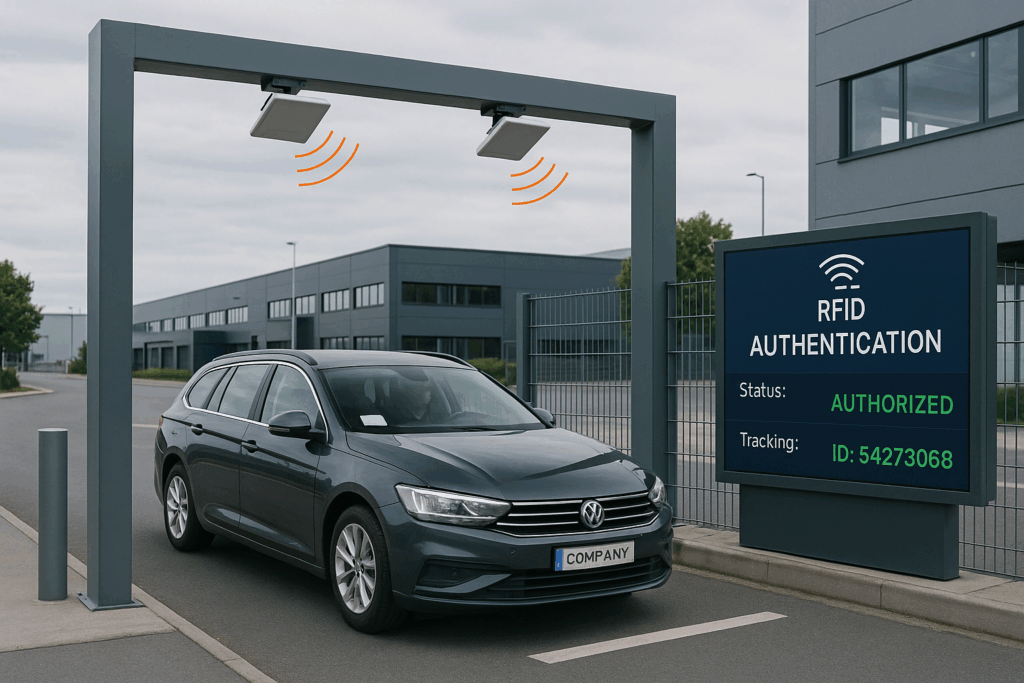Can your business handle the hidden costs of bad asset management? At CPCON, we offer top-notch asset sighting and verification solutions. These are made to make managing assets easier and safer. We use the latest RFID tech for asset tracking and control.
Our team has over 25 years of experience. We’re all about making your assets more visible and used better. Our software helps you follow rules and manage assets well.
Table of Contents
ToggleKey Takeaways
- Comprehensive asset verification process steps ensure accuracy and compliance.
- Utilizing RFIDs significantly improves the efficiency of fixed asset management.
- Enhanced asset sighting leads to better visibility and maximizes asset utilization.
- Integrating our asset management solutions can reduce hidden costs and prevent losses.
- Our over 25 years of expertise guarantee trusted and reliable asset management solutions.
What Is Asset Sighting and Verification?

Asset sighting and verification help find, track, and manage assets in a company. Our systems are key for today’s businesses. They help keep track of important resources.
These systems give real-time control and visibility. They use RFID and barcodes to make things more efficient. Our solutions help businesses manage better, reduce mistakes, and make smarter choices.
Importance in Modern Asset Management
Keeping accurate records of assets is very important today. Asset visibility solutions help with this. They make sure businesses follow rules, lower risks, and make better choices.
Automated systems bring big benefits. They:
- Make operations more efficient and productive
- Make asset data more accurate
- Lower the chance of losing or misplacing assets
By using RFID with asset management software, companies can get even better. Our way of doing asset sighting and verification helps businesses see their assets in real-time. This lets them control and plan better.
Benefits of Asset Sighting and Verification Solutions
Asset sighting and verification solutions bring many benefits to an organization. They improve asset visibility, make operations more efficient, and cut down on losses and misplacements.
Improved Asset Visibility
Real-time tracking gives you the latest on where assets are. This means you always know where they are. It lowers the chance of losing them.
Enhanced Operational Efficiency
Automated verification makes processes smoother. It cuts down on the need for manual checks. This saves time and resources.
Reduction in Losses and Misplacements
Good tracking and verification systems help prevent losses. They use real-time tracking and automated checks. This way, any issues are quickly found and fixed, reducing losses.
Key Features of an Effective Asset Sighting and Verification Solution

For any organization aiming to optimize asset management, choosing a solution with robust and efficient features is key. An advanced solution includes real-time tracking, automated verification, and seamless integration with existing systems. This ensures operational efficiency and accuracy.
Real-Time Tracking
Real-time tracking is a cornerstone of effective asset sighting and verification. It uses technologies like asset tracking rfid tags and GPS asset tracking. This gives instant location data. It eliminates the guesswork in finding assets, improving visibility and control.
Automated Verification Processes
Automated verification processes make asset management tasks easier. They use advanced asset management software. These processes verify assets quickly and accurately, reducing human error and administrative burdens. Automation improves efficiency and frees up resources for other tasks.
Integration with Existing Systems
Effective integration with existing systems is key for smooth implementation and operation. A well-designed asset management software can fit into your current workflow without disruptions. This ensures all technological advancements work well with established procedures, maximizing benefits.
Technologies Used in Asset Sighting and Verification
Modern asset management uses top tech for precise and quick asset checks. Our methods use RFID, GPS, and IoT to manage assets well.

RFID Technology
RFID is key in tracking assets. It uses electromagnetic fields to find and track tags on objects. It’s better than barcodes because it doesn’t need to see the tag and can scan many at once.
GPS and Geofencing
GPS and geofencing work together to track assets. GPS gives real-time location info. Geofencing sets zones. An alert goes off when an asset moves in or out.
IoT Integration
IoT makes asset management better by connecting everything. It uses sensors to send data in real-time. This helps manage assets well and make quick decisions.
Using these techs makes asset management better. It’s more accurate and follows rules. For more info, check out our guide on fixed asset verification.
How to Implement an Asset Sighting and Verification Solution/

Setting up an asset sighting and verification solution takes several key steps. Each step must be carefully planned and done right to work well together and get the best results.
Assessing Organizational Needs
The first step is to figure out what your organization needs. You must identify the problems the solution will solve. Look at how many assets you have, what tracking tools you’re using now, and if your current software works with the new system.
Choosing the Right Solution Provider
Finding the right provider is very important. Look for someone with a good reputation and strong support. The best ones offer tools like RFID and GPS. For example, using CubeAsset can make things easier, with real-time tracking and automated tasks.
Deployment and Staff Training
The next step is to set up the tracking devices and software. After that, it’s important to train your staff. They need to know how to use the new system well. Training should cover how the software works, using the devices, and keeping the system running smoothly.
Best Practices for Asset Sighting and Verification
To keep assets safe and verified, follow best practices. These include regular checks, strong security, and growing with your needs. Here are the main parts of a strong asset management system.
Regular Audits and Updates
Regular audits keep your data right and your operations smooth. Use asset audit solutions to find problems, check how assets are used, and keep records current. A good audit plan keeps your asset database accurate and fresh.
Data Security and Compliance
Keeping asset info safe is key. Use strong security to protect against hackers and unauthorized access. Also, follow asset compliance rules to avoid legal trouble. This way, you avoid data breaches and legal fines.
Scalability Considerations
As your business grows, so do your asset needs. You need a system that can grow with you. Scalable solutions help add new assets and update processes easily. This flexibility is key to keeping control and using technology well.
Uncommon Insights: Emerging Trends and Innovations
The world of asset management is always changing. To stay ahead, businesses need to use the latest technologies. AI, blockchain, and augmented reality can greatly improve how we manage assets.
AI and Machine Learning in Asset Management
Using machine learning for tracking assets brings big changes. It helps predict when things might break down. This means less downtime and better work flow.
Blockchain for Asset Verification
Blockchain makes sure asset records are true and can’t be changed. It’s a safe way to track who owns what. This builds trust among everyone involved.
Augmented Reality for Asset Visualization
Augmented reality changes how we see and manage assets. It lets users see and handle assets in real time. This makes for better decisions and more efficient work.
Challenges and How to Overcome Them
Starting asset sighting and verification solutions has its own challenges. These include integration issues, getting users to adopt the system, and thinking about costs and returns. Let’s look at each problem and find ways to solve them.

Integration Issues
One big challenge is making new asset sighting solutions work with what you already have. It’s hard to make sure they fit with old systems without messing up what works now. Here’s how to tackle this:
- First, check how your current systems and tech work.
- Then, pick platforms that are easy to add to your setup.
- Choose solution providers who can help a lot with setup and changes.
User Adoption
Getting people to use new tech can be tough. They might not want to change from what they know. Here’s how to get them on board:
- Make the tracking apps easy to use.
- Give users good training and help them when they need it.
- Get important people involved early to get their support.
Cost and ROI Considerations
Figuring out if the cost is worth it can be hard. You need to look at the long-term benefits and how it will help your work. Here’s what to do:
- Do a deep dive into the costs and benefits.
- Show how using the system can make things better and more efficient.
- Set clear money goals and check how you’re doing against them often.
By tackling these problems smartly, you can make the process smoother. This way, you get the most out of asset tracking and control solutions.
Conclusion
Asset sighting and verification solutions are key for the future of asset management. They use advanced data analytics to give businesses better control and oversight. The future looks bright with new analytics and features coming.
The Future of Asset Management
Asset sighting and verification will grow, using new tech like AI and blockchain. These systems will track, predict, and guide actions. This will change how companies manage and protect their assets.
Get in touch
We offer top-notch asset management and verification solutions. Our team uses the latest analytics to help you improve operations. Contact us to see how our solutions can add value to your asset management.
FAQ
Which industries benefit the most from asset sighting solutions?
Asset sighting solutions help many industries. These include manufacturing, logistics, and healthcare. They help keep track of valuable items. This makes managing assets better, cuts down on losses, and follows rules.
How does asset sighting differ from asset tracking?
Asset sighting is more than just tracking. It checks if assets are there, in good shape, and meet rules. Tracking just finds and watches over assets.
Can existing assets be retrofitted with sighting technology?
Yes, you can add sighting tech to old assets easily. This uses RFID tags or GPS. It makes managing assets better.
What are the benefits of real-time asset tracking?
Real-time tracking has many good points. It shows where assets are right away. This saves time and makes work better. It helps make smart choices.
How does IoT enhance asset sighting and verification?
IoT connects assets to share data in real-time. This makes managing assets better. It helps predict needs and keeps reports accurate.
What is the role of AI and machine learning in asset management?
AI and machine learning change asset management. They predict needs and make decisions. This makes managing assets more efficient.
How can blockchain technology improve asset verification?
Blockchain makes asset verification better. It keeps records safe and clear. This builds trust and security in managing assets.
What are the challenges in implementing asset sighting and verification solutions?
Challenges include fitting with old systems and getting people to use it. Also, showing it’s worth the cost. Choose easy-to-use systems and plan well.
What are best practices for ensuring data security in asset management?
Keep data safe by using strong encryption and access controls. Regularly check and update systems. Follow rules to protect asset info.
How can organizations ensure scalability of their asset sighting solutions?
Choose flexible solutions that grow with your business. They should handle more data and work with different tech. This meets changing needs.



